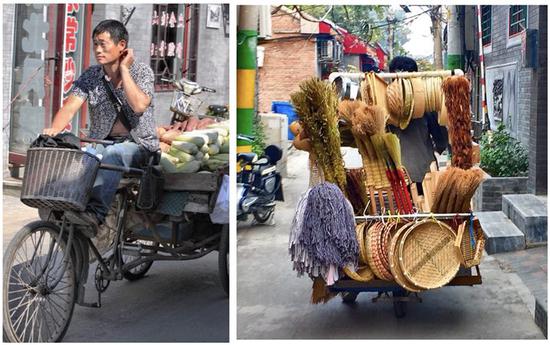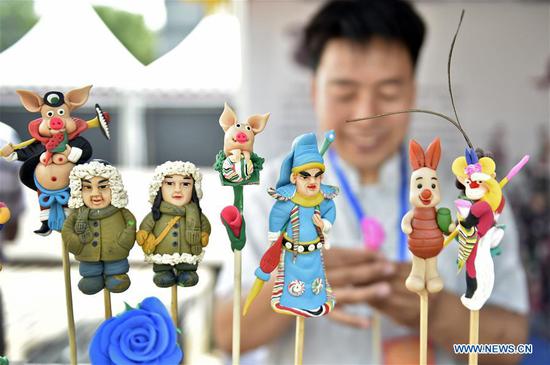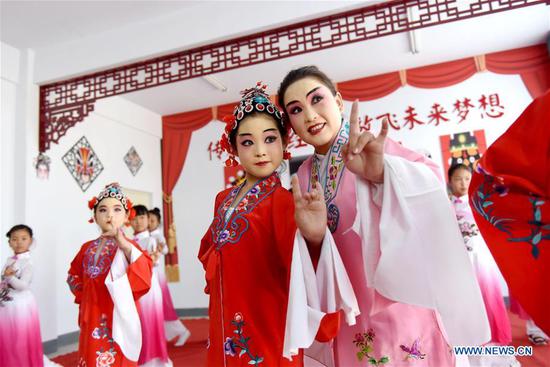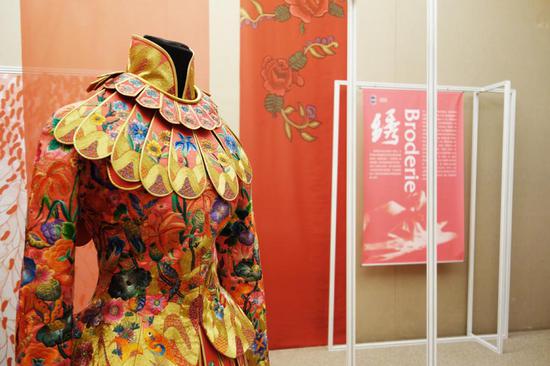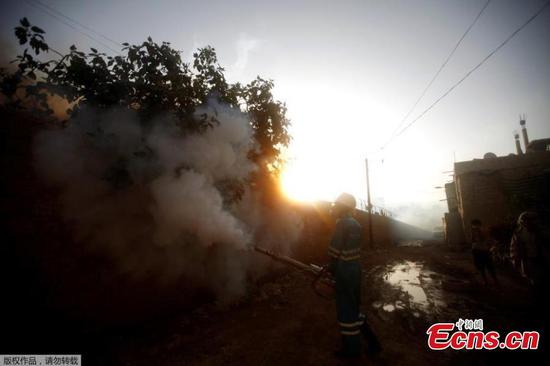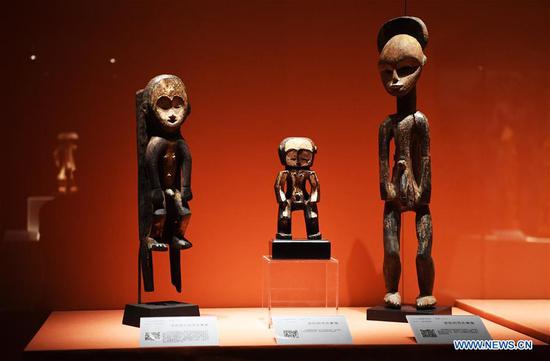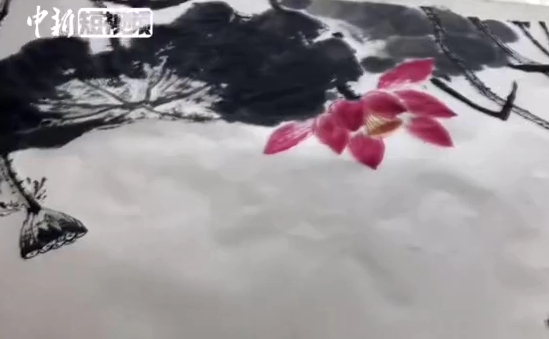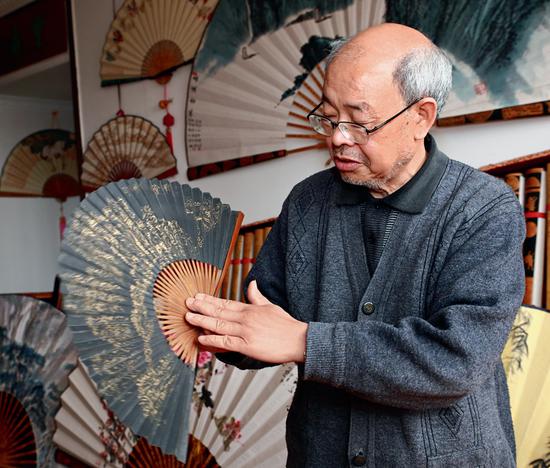
Chen Zifu, who was born into a fan-making family in Rongchang, promotes the traditional technique of making Rongchang folding fans. (Photo/China Today)
Folding Fans
The folding fans made in Rongchang, a district of Chongqing Municipality, are popular around the country for their unique design, sophisticated craftsmanship, well-chosen raw materials, and light weight. Because Chongqing used to be under the administration of Sichuan Province, the Rongchang folding fans are also called Chuan Fans.
The history of Rongchang folding fans can be traced back to the Song Dynasty (960-1279). During Ming Emperor Yongle’s reign (1402-1424), the Rongchang fans were produced on a large scale, making Rongchang one of the three largest places for fan making in the country, with over 10,000 fine Rongchang fans being offered to imperial court every year. By the middle to late period of the Qing Dynasty (1644-1911), the development of Rongchang fans saw a switch from family-owned shops to professional production. In 1842, an industrial association for Rongchang fans was established, with aims to unite producers, expand production scale, and improve management and craftsmanship to boost the overall development of Rongchang fans. By the late Qing Dynasty, Rongchang had over 200 fan-making shops and more than 2,000 employees, with an annual output of four million folding fans.
The production of a Rongchang fan involves intense manual work of around 145 procedures, including dying, gluing, painting, engraving, and inlaying work.
However, with electric fans and air conditioners becoming popular, the traditional Rongchang folding fan faces obsolescence. In such a dilemma, Chen Zifu, who was born into a fan-making family in Rongchang, started to seek innovation.
Traditionally the surface of folding fans is made of paper or silk, but Chen chose local-made ramie fabric, which features simple but elegant colors and a little tough and rigid texture. Through trial and error and by borrowing techniques of mounting a painting on a frame for traditional Chinese calligraphy and paintings, Chen created his own ramie fabric fans, which turned out to be very popular on the market.
On the occasion that celebrated the 50th anniversary of the founding of the People’s Republic of China, Chen designed and made a set of commemorative fans, with various techniques adopted, such as pyrography, colored drawing, and incising. The set of fans have made the traditional Rongchang folding fans known to more people.
The new technique has brought Chen good fortune, yet he is willing to share it with his peers by inviting them to his studio and elaborating on the production process for them, as he wants more and more people to master the technique and increase the production of ramie fabric fans. He believes expanded production and an enriched variety of designs will surely boost the reputation of Rongchang folding fans, thus bringing about new development opportunities and growth prospects. In 2008, the craftsmanship of making Rongchang folding fan was added to the list of national intangible cultural heritage.















